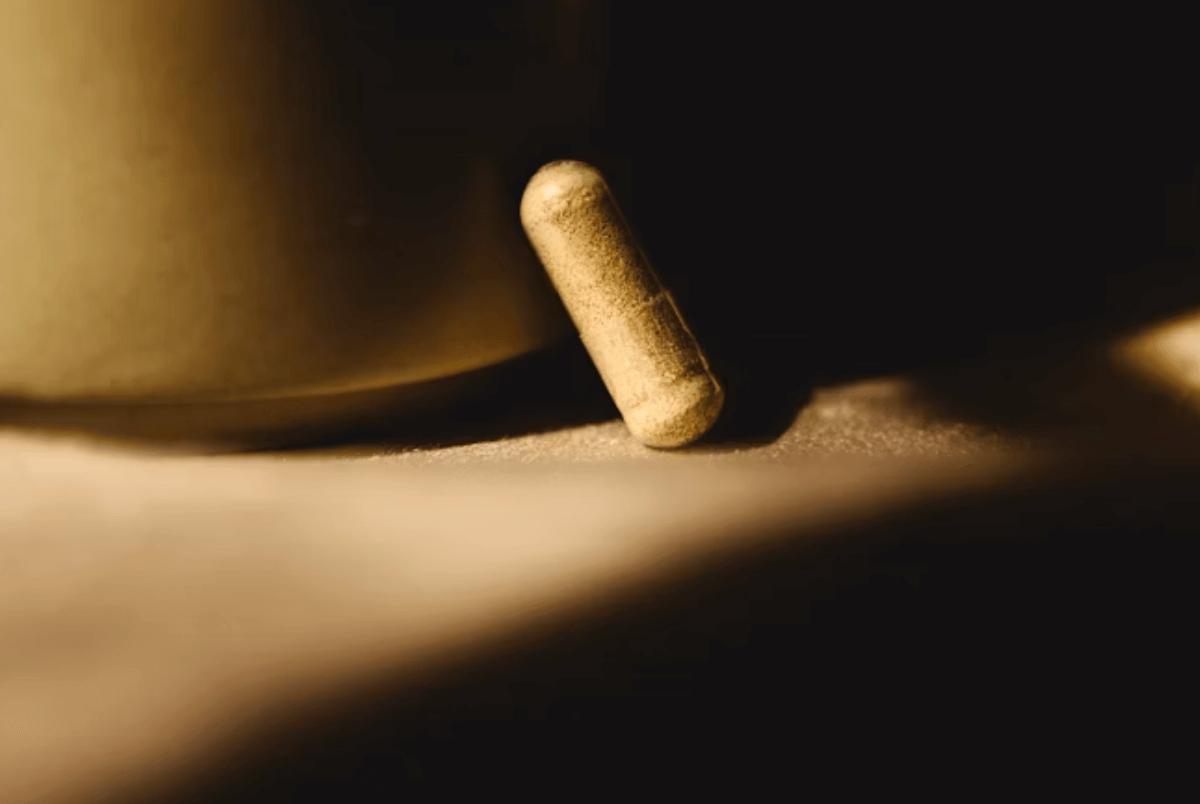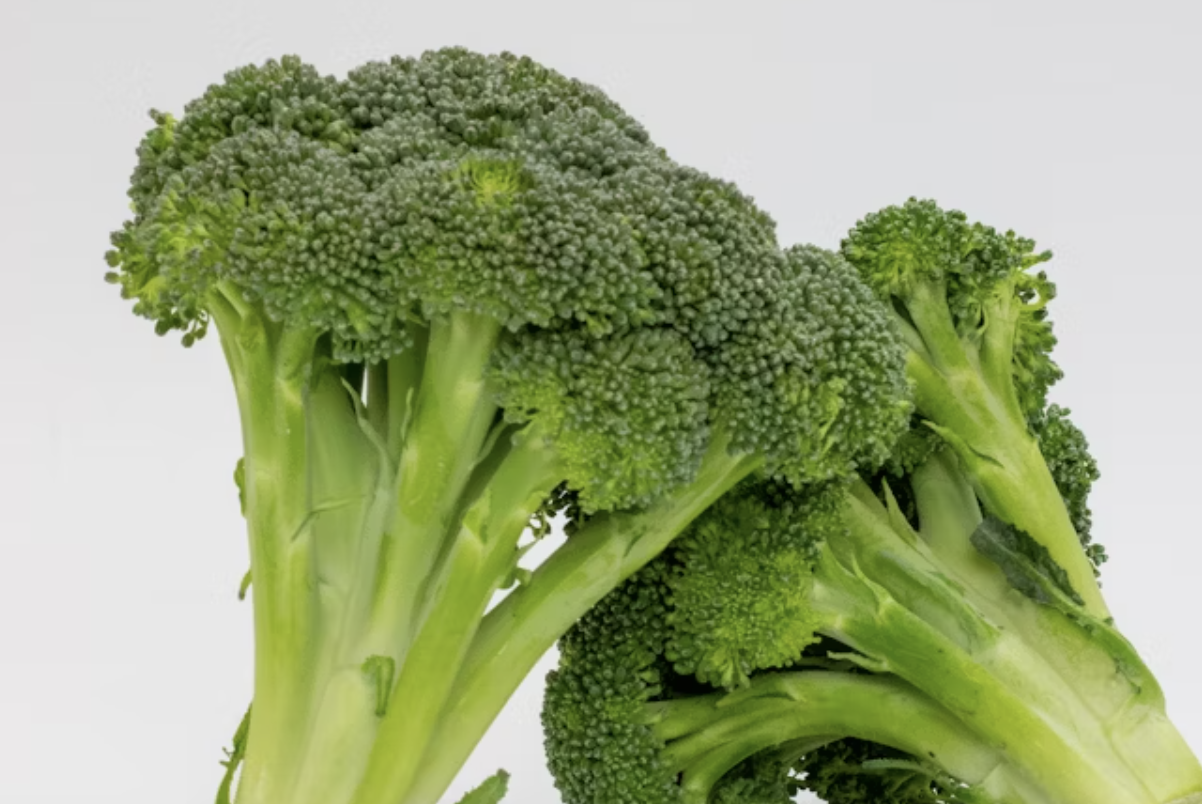NAD To the Rescue – and 7 Smart Ways to Support Your Cells

Fair to say my patients and readers are a curious bunch. Whether they’re performing at their peak or dealing with the challenges of various health conditions, they’re eager to learn which habits should help them live longer, feel better, with energy to spare.
Keeping up with new research and the bio-medical breakthroughs that may help them do just that can feel like a full-time job, but it’s a fascinating one and one of the best parts of being involved in the longevity movement. Still, with the firehose of daily health headlines, it’s easy for even the well-informed to feel like they’re drowning in too much information. That’s where my team and I come in: to sift through the noise, explain the science, and guide people toward sensible, evidence-based choices tailored to their exact life situation and physiology.
Lately, I’ve had a lot of questions about NAD, something I’m naturally a fan of -- we couldn’t live without it! But what about the trendy NAD “shots” or infusions? Truth be told, they can be a bit of a mixed bag, so let’s take a look at how the options stack up, so you and your health care practitioner can choose wisely. With that, let’s start with the basics:
Coenzyme NAD⁺ keeps you alive – and helps you thrive.
NAD⁺ (nicotinamide adenine dinucleotide) is a helper molecule found in every living cell. It’s central to life because it fuels several essential processes. First among them is energy production. NAD⁺ helps convert food into ATP, the energy “currency” our cells spend throughout the day to function. Much of this takes place in the mitochondria, aka the mighty little “power plants” inside each of our cells.
The next process NAD plays a big role in is DNA repair and cell maintenance. Thing is, our DNA gets dinged daily by stress, sunlight, as well the wear and tear of normal metabolism. Enzymes called PARPs that fix DNA damage need NAD⁺ to do their job. So do sirtuins, another family of proteins linked to healthy aging, metabolism, and stress resistance.
As we get older, our mitochondria become less efficient and NAD⁺ levels naturally drop. Lower NAD⁺ means slower energy production, more cellular damage, and weaker repair systems, the exact opposite of what you want if vitality is the goal. Lower levels also spell trouble for the aging brain since NAD⁺ supports memory and cognitive function. It also helps keep the immune system strong, fueling the body’s response to stress and infection. (When you’re fighting off illness, NAD⁺ gets used up quickly.)
Without enough NAD⁺ coursing through your body, cells struggle. Fatigue rises, resilience falls, repair slows, and the risk of age-related disease starts to creep upwards. In short, running low can age you faster, so the keeping levels on an even keel is a goal well worth pursuing.
IVs? Injections? Capsules? Oh my! -- Ranking the options.
Because NAD⁺ is so vital to everyday functioning, and functioning well for as long as possible, for many longevity-minded people, getting more of it has become a more of a priority. How to go about it? There are a couple of options. There’s the quick boost route, via NAD injections and IV (intravenous) infusions, and my preferred route that uses a combo of lifestyle changes and, when necessary, strategic supplementation.
While the “direct delivery” methods like injections and IV have their pros and cons, these ‘direct delivery’ options aren’t necessarily better. For starters, with NAD IV treatments, the price is fairly steep and the effects only last for a day at most. In my book, though they are fast acting, I’d say the IV versions are not a great use of your money, or for that matter your time.
The NAD injection options fare better, as they bypass the digestive system where NAD gets broken down, so that’s helpful. But there’s not a ton of research out there proving that injected NAD⁺ actually gets into – and stays in – all of the tissues that could benefit from it, so as they say, results may vary. If, however, you’re open to the NAD shot option, generally 2x shots a week will get better results for considerably less money – and you can administer them yourself. In my experience, most people do feel they have more energy when opting for NAD shots (versus IVs).
The third option is NAD in capsule form, but specifically, the NAD precursors, nicotinamide riboside (NR) or nicotinamide mononucleotide (NMN), have been shown to restore NAD levels and improve mitochondrial function in early animal and human studies well as well as help raise NAD⁺ levels and improve physical performance with fewer risks. Combined with healthy lifestyle habits that naturally support NAD⁺, this route may offer most of the benefits with fewer downsides.
Slow the slide.
But probably the best and safest way to help your body hang on to more NAD is to slow down how quickly it gets used up. Certain compounds seem to work like “leak stoppers” for NAD. For example, the peptide 5-Amino-1MQ, and the oral supplement,1-MNA can block an enzyme (NNMT) that normally drains NAD. This not only helps preserve or even boost your NAD supply, but also turns on SIRT1 — often called a “longevity gene” — which is linked with better fat burning, steadier energy and a more youthful metabolism.
Add to that, the plant compound called apigenin, found naturally in herbs like parsley and chamomile, and you can help block another NAD-depleting enzyme called CD38. Together, these two key players can help your cells hang on to more NAD so it can keep fueling healthy repair and activity. Where to get yours? You can add apigenin naturally with parsley, celery, chamomile tea, and colorful veggies every chance you get. But to get a therapeutic effect, you will probably need to take 100mg of an apigenin supplement.
Getting your NAD dose, needle-free.
In addition to trying the oral precursor route (think NMN and/or NR supplementation), there are several other sensible strategies, either to help raise NAD⁺ levels, reduce how quickly it gets broken down, or both. As with most any longevity-enhancing regimen, lifestyle factors play a big role – and, not to mention, they’re free of charge and support NAD⁺ from multiple directions. Topping the list of natural NAD boosting behaviors and dietary support:
- Movement – frequent, throughout the day, in tandem with higher intensity workouts (think weight training, plus cardio)
- Time restricted eating, or intermittent fasting
- Good sleep, and maintaining natural circadian rhythms
- Exposure to mild stressors (heat/cold), aka, ‘hormesis’ to stimulate autophagy, your body’s cellular recycling and repair process
- Following a diet rich in vitamin B3 (niacin, nicotinamide), tryptophan, polyphenols (resveratrol, quercetin, etc.), which helps support healthy cell turnover and help reduce stress or inflammation (which would otherwise deplete NAD⁺).
- Digging into foods rich in tryptophan (turkey, eggs, fish) and vitamin B3 (chicken, peanuts, mushrooms) to provide building blocks for NAD.
- Tapping into the power of polyphenols (like resveratrol from red grapes, or quercetin from onions/apples) can activate sirtuins, working synergistically with NAD.
BOTTOM LINE: No matter your age, NAD⁺ is crucial for energy, DNA repair, and longevity pathways. Our levels decline with age, but you can support healthier levels through a strategic combination of NAD-supporting precursors (NMN, NR), regular and frequent exercise, time restricted eating, encouraging hormesis, maximizing anti-inflammatory habits, and enjoying nutrient-rich foods. And, as always, check with your doc first to see if NAD (in any form) is a good option for your specific situation. If you have risk factors for cancer or other conditions, think twice, discuss these risks with your doctor and work with them to determine what is the safest route.

















